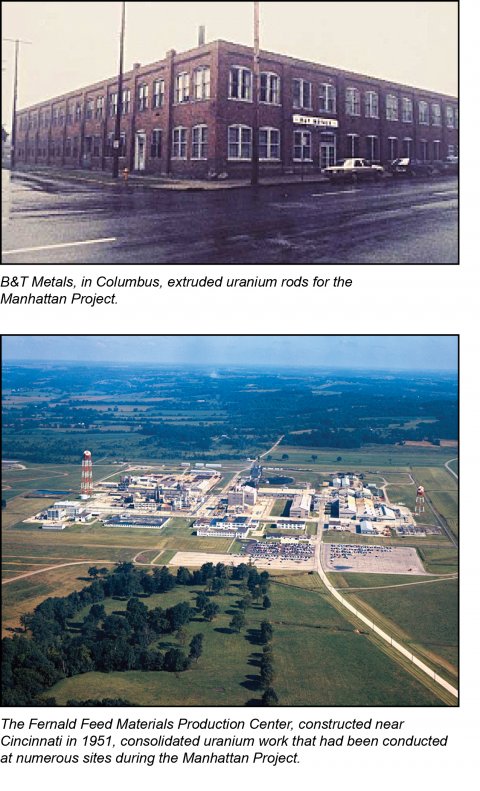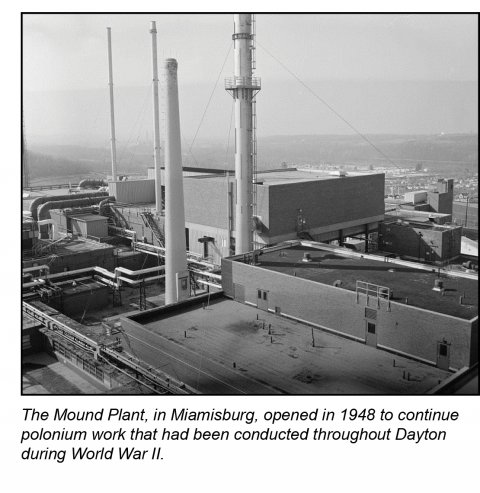After a briefing regarding the Manhattan Project, Nobel Laureate Niels Bohr said to physicist Edward Teller, “I told you it couldn’t be done without turning the whole country into a factory.” Of course, the state of Ohio didn’t need to be turned into a factory, since by that time it already had a long history of industrialization. In fact, many of the state’s factories were put to use making the first nuclear bombs.
This past July, U.S. Department of Energy Office of Legacy Management (LM) employees learned about the roles Ohio legacy sites played in the nation’s early atomic energy program, during their 2015 All-Hands Training that took place in Dayton.
Ohio had become a major industrial center, largely because of its location between the iron-ore deposits of the upper midwest United States, and the rich coal fields of the Appalachian Mountains. With iron and coal, Ohio could forge steel, and steel fostered other industries. For instance, Dayton was home to early automakers, Speedwell Motor Company and Dayton Electric Car Company. It was the city where the Wright brothers manufactured their airplanes. By the mid-twentieth century, Ohio was a major industry hub, producing a wide array of goods, ranging from toys to tires.
Upon the outbreak of World War II, many Ohio manufacturers converted to war production, helping to make the U.S. the “Arsenal of Democracy.” In Cincinnati, Aluminum Industries, Inc., switched from making toys cars to making ammunition for anti-tank guns. In Dayton, National Cash Register started making magazines for anti-aircraft guns. In Akron, Goodyear started making assault boats for the U.S. Marine Corps.
The country’s wartime production soon included the race to build nuclear bombs, after the Manhattan Project was established in 1942. Harshaw Chemical Company in Cleveland started refining uranium compounds to provide feed for the gaseous diffusion plant in Oak Ridge, Tennessee. B&T Metals—a significant African American-owned business in Columbus—began making uranium rods and Baker Brothers in Toledo machined uranium rods into slugs for fuel reactors in Hanford, Washington; and Oak Ridge, Tennessee. Meanwhile, the Monsanto Chemical Company Central Research Facility laboratory in Dayton was tasked with producing polonium for the bombs. Needing more space, the company expanded its facilities to include a former seminary and a playhouse.
After World War II, Ohio continued to play a major part in the nation’s atomic energy program. However, much of the work that had been contracted out to privately owned businesses was consolidated into government-owned facilities. Mound Laboratories took over the polonium work that Monsanto had conducted in Dayton. The Fernald Feed Materials Production Center took over uranium work previously performed by Harshaw Chemical, B&T Metals, and Baker Brothers.
In all, roughly 60 sites in Ohio were involved in the nation’s atomic energy program. Today, LM is responsible for sites in Ashtabula, Columbus (including Columbus East), Fairfield, Fernald, Hamilton, Mound, Oxford, Piqua, and Toledo. Over the coming years, we anticipate accepting responsibility for additional sites in the state. While many of the structures are now gone, LM retains knowledge about the important work performed at its Ohio sites.



